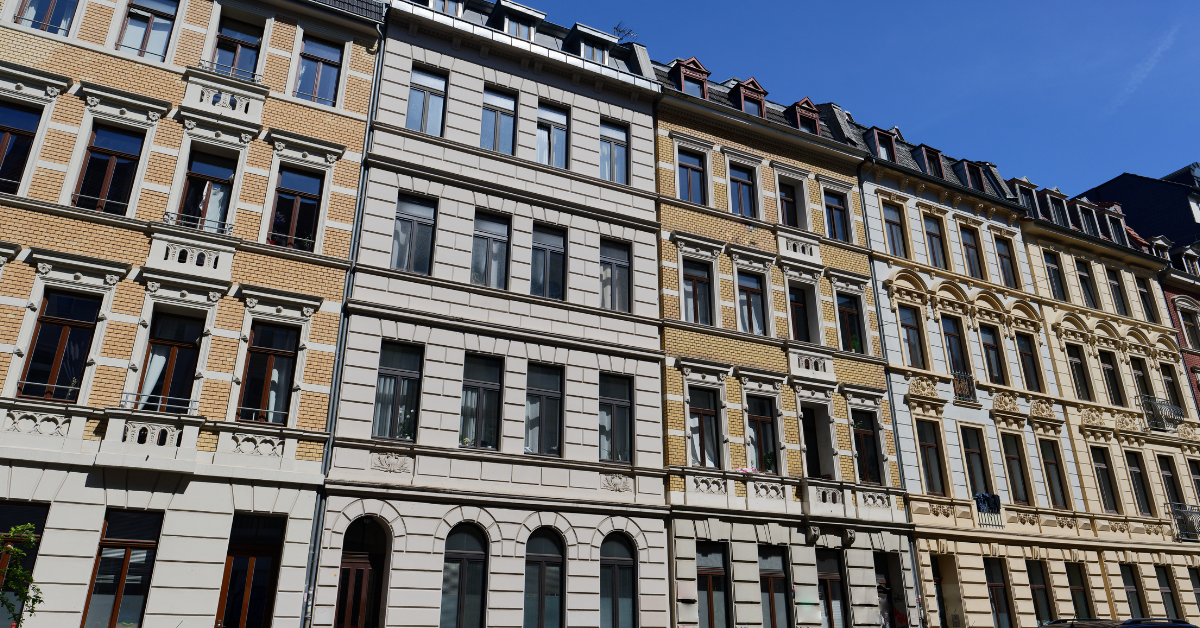Frank Lloyd Wright is celebrated as one of the greatest architects of the 20th century, renowned for his philosophy of “organic architecture” that unites buildings with nature. In 2019, ten of his works were inscribed on the UNESCO World Heritage List as the “20th-Century Architecture of Frank Lloyd Wright.” For many Japanese, Wright is not just a foreign master but also a familiar figure due to his design of the old Imperial Hotel in Tokyo. This article explores how Japanese people view his works, from their artistry to their harmony with the environment.
- World Heritage Listing of Wright’s Architecture and Japanese Interest
- Ten Representative Works and Their Features
- Why Japanese People Find Wright’s Works Attractive
- Deep Connections Between Japan and Wright’s Works
- Common Ground Between Wright’s Architecture and Japanese Architecture
- Patterns in Japanese Impressions and Evaluations
- Conclusion
World Heritage Listing of Wright’s Architecture and Japanese Interest
In 2019, ten representative works by Frank Lloyd Wright in the United States were listed as a World Heritage Site under the title “20th-Century Architecture of Frank Lloyd Wright.” This was a significant recognition that his lifelong pursuit of organic architecture holds universal cultural value.
One major reason for the strong interest among Japanese people is Wright’s deep connection with Japan. The old Imperial Hotel, completed in 1923, was praised for its earthquake resistance, surviving the Great Kanto Earthquake, and for its refined yet solid design. Today, the building is preserved at Meiji Mura in Inuyama, Aichi Prefecture, and remains a popular tourist destination.
The World Heritage announcement was covered widely in Japanese architectural circles as well as on TV, newspapers, and social media. Many comments such as “I want to visit at least once” and “Even in photos it’s beautiful, but in person it’s even more moving” were shared. This brought greater recognition among the general public and provided an opportunity for cultural appreciation through architecture.
Ten Representative Works and Their Features
| Work | Location | Feature |
|---|---|---|
| Taliesin | Wisconsin, USA | Wright’s home and studio. Integrated into the hills—origin of organic architecture |
| Taliesin West | Arizona, USA | Winter home and studio. Design harmonized with desert landscapes |
| Fallingwater (Kaufmann House) | Pennsylvania, USA | Residence built over a waterfall—a symbol of nature-architecture integration |
| Guggenheim Museum | New York, USA | Spiral exhibition space allowing movement while viewing art |
| Unity Temple | Illinois, USA | Pioneering reinforced concrete religious building |
| Robie House | Illinois, USA | Representative of Prairie Style emphasizing horizontal lines |
| Hollyhock House | California, USA | Fusion of geometric decoration and Mexican influences |
| Frederick C. Robie House | Illinois, USA | Open layout prioritizing family living |
| Marin County Civic Center | California, USA | Integration of public architecture and natural scenery |
| Jacobs House | Wisconsin, USA | Prototype of Usonian homes—affordable housing model |
These works show designs adapted to the natural and cultural context of each location, reflecting strong regional identity.
Why Japanese People Find Wright’s Works Attractive
| Attractive Element | Japanese Impressions |
|---|---|
| Harmony with Nature | Buildings blend with topography and scenery, reminiscent of the Japanese garden concept of “borrowed scenery” (shakkei) |
| Use of Light | Large windows and atriums let in natural light, creating seasonal and daily variations |
| Human-Centered Space Planning | Thoughtful circulation design that makes family and guests comfortable |
| Horizontal Beauty | Gives a sense of stability and calm, resonating with Japanese design aesthetics |
| Timelessness | Designs from 100 years ago still feel fresh and relevant today |
Above all, “integration with nature” is the strongest reason for the high Japanese appreciation of Wright’s works.
Deep Connections Between Japan and Wright’s Works
Wright had a strong interest in Japanese culture and was also a collector of ukiyo-e prints. This influence can be seen in his color sense, compositions, and decorative motifs. In the design of the old Imperial Hotel, he considered Japan’s climate and seismic risks, adopting earthquake resistance and ventilation-friendly structures. Traditional Japanese patterns and natural materials were used in the interior, blending Japanese elements into Western architecture.
Common Ground Between Wright’s Architecture and Japanese Architecture
| Wright’s Characteristics | Japanese Architectural Characteristics | Shared Values |
|---|---|---|
| Organic architecture in harmony with nature | Borrowed scenery in gardens and landscapes | Integration with the environment |
| Emphasis on horizontal lines | Low-eaved roofs and single-story layouts | Stability and calm |
| Use of natural light | Soft light through shoji screens and verandas | Appreciation of seasonal change |
| Use of local materials | Wood, earth walls | Reflection of local culture |
| Family-centered layout | Communal gathering in living rooms or tatami rooms | Human-centered space design |
Even with different cultural backgrounds, both share a commitment to coexistence with nature and human-centered design.
Patterns in Japanese Impressions and Evaluations
There are recurring patterns in Japanese impressions when visiting Wright’s works. First, astonishment at the level of artistry—many describe them as “sculptures in architectural form,” admiring the attention to detail. Second, empathy with the integration of nature, which matches the feeling of Japanese gardens and traditional buildings. Third, appreciation for livability—open floor plans and thoughtful circulation resonate with the comfort of modern homes. Fourth, timelessness—even though the designs are over a century old, they appear advanced and fresh, surprising many visitors.
Conclusion
The 20th-Century Architecture of Frank Lloyd Wright represents, for Japanese people, the fusion of beauty and functionality. Harmony with nature, the play of light, and human-centered design all resonate deeply with Japanese traditional architecture. With its inscription on the World Heritage List, its value is now widely recognized, and it has become a point of interest in both tourism and cultural exchange. The ties between Japan and Wright’s works will likely continue to grow stronger in the future.






